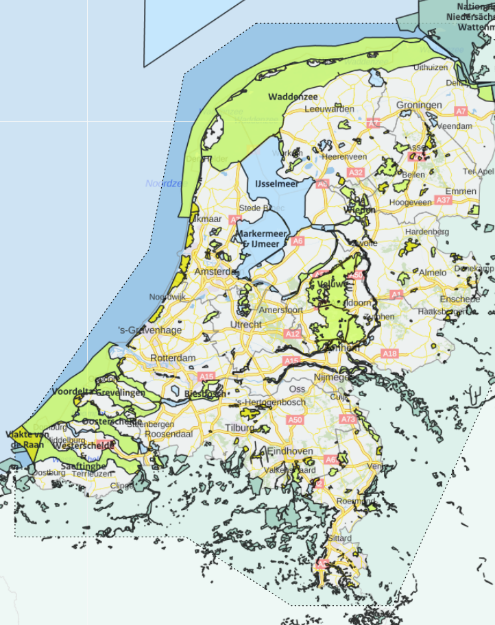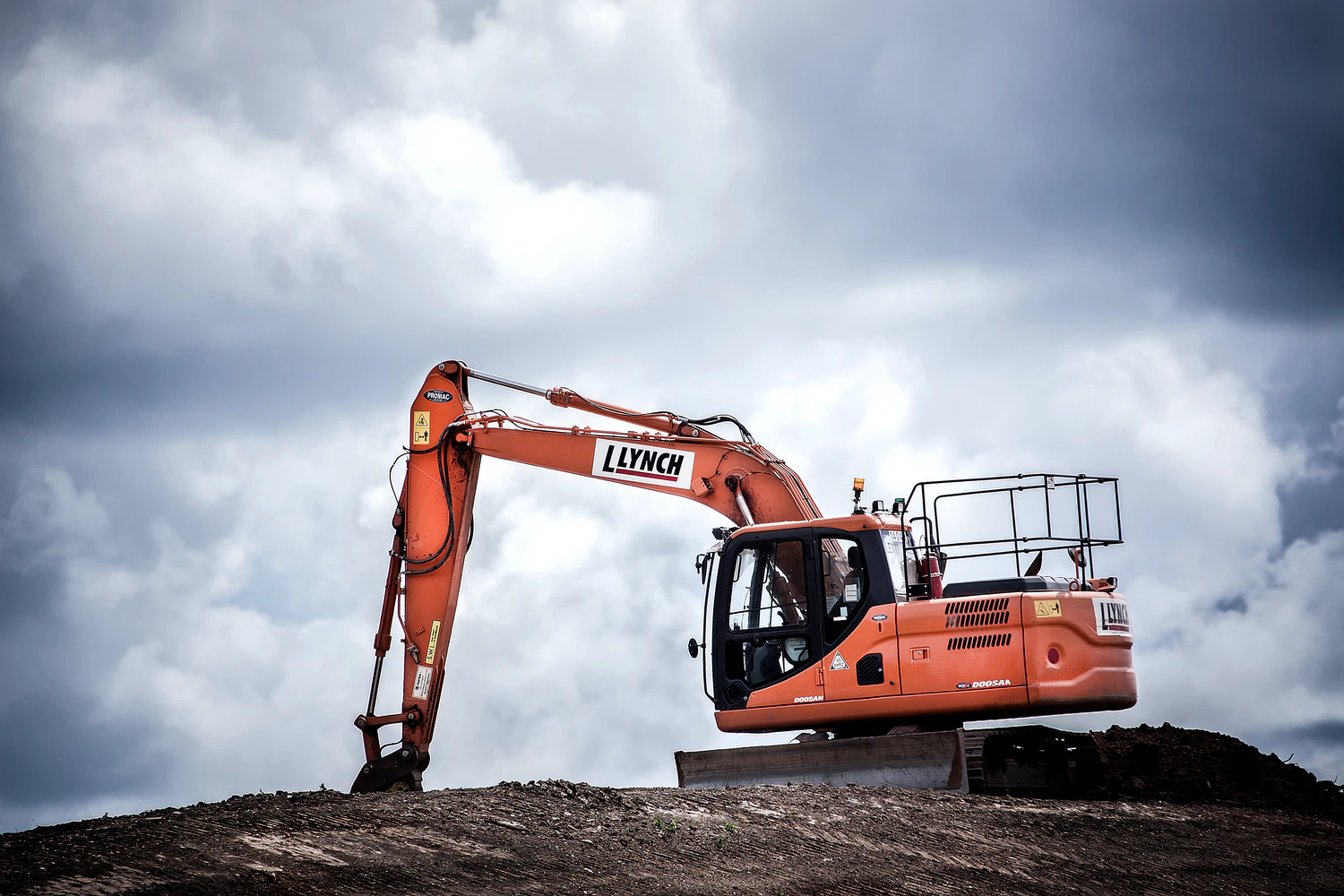
Research Nitrogen deposition
Last year, there was a lot of discussion surrounding nitrogen deposition in Natura 2000 areas. The reason for this was the abolition of the Nitrogen Approach Programme (NAP). The NAP gave scope to grant permits for projects that cause additional deposits of nitrogen in Natura 2000 areas. There was also a threshold for projects that could be permitted without a permit. This could be offset by measures that would be implemented in the future. This method was found to be in conflict with European nature legislation, as a result of which, the NAP was discontinued on 29 May 2019.
The abolition of the NAP has consequences for the agricultural and industrial sector, as well as for housing projects. However, this does not mean there are no longer any options for allowing new (construction) projects. In this article we give an overview of the current state of affairs.

Natura 2000-areas
Natura 2000 is a network of protected nature reserves within the countries of the European Union. These areas are designated for the conservation and restoration of biodiversity. The Netherlands currently has 161 Natura 2000 areas. This network partly consists of areas designated under the Birds Directive and the Habitats Directive. These areas have had a surplus of nitrogen for several years and have therefore been designated as nitrogen-sensitive areas.

The current state of affairs for (construction) projects
The construction and industrial sectors contribute to the depositing of nitrogen in Natura 2000 areas by emitting nitrogen oxides (NOx) and, to a lesser extent, ammonia (NH3). The permit procedure for a (construction) project must demonstrate that the activities do not adversely affect the Natura 2000 areas. This can be achieved with an AERIUS calculation for the construction phase (construction and possibly demolition) and the in-use phase. Relevant sources are, for example, truck movements, diesel-powered construction equipment, and mobile equipment.
If, using AERIUS, it is calculated that the nitrogen deposition does not exceed 0.00 mol/hectare/year, the project is not subject to a permit requirement under the Nature Conservation Act. Nitrogen deposition will not then be a limiting factor.
If a relevant contribution is calculated, the following steps can be taken:
1 Measures: In the first instance, an examination will be carried out to examine whether NOx emissions can be reduced by implementing measures. Depending on the type of project, for example, the use of electric vehicles/mobile equipment, shortening of driving routes, changing the planning so there are fewer activities in one year.
2 Ecological vehicle pre-test: In some cases, an ecologist can prove that significant negative effects can be excluded as a result of a small (temporary) increase in nitrogen deposition. A permit under the Nature Conservation Act is then not necessary.
3 Internal offsetting: Settlement as a result of reduced nitrogen emissions within the project. A condition is that this decrease takes place in the same area as the new development. An example of this is increasing the capacity of a storage and transshipment company and at the same time replacing diesel-powered shovels with an electric conveyor belt.
4 Mitigation measures: Reducing or preventing negative effects as a result of the project. By making adaptations in the relevant Natura 2000 area.
5 Externe saldering:
Het verrekenen met een stikstofafname door een ontwikkeling die niet samenhangt met het (bouw)project.
6 ADC-test:
An ADC test is the last option. Permission for a project can be granted if:
A: Alternatives are not available;
D: Decisive reasons of major public interest;
C: Compensatory measures are taken to ensure that the overall coherence of Natura 2000 is preserved;
Nitrogen quickscan
Whether nitrogen can be a limiting factor for a project depends on several factors:
- The size of the project;
- Distance and orientation with respect to nitrogen-sensitive Natura 2000 areas;
- Possibilities for using clean/electrical equipment;
- Can business processes be optimised?
- Offsetting options (internal of external)
We provide insight into the feasibility of your project in a quick scan. Working with you, we will determine which activities are relevant in the project. Our experience with projects in the construction and industrial sector means we know which activities are important. We also contact the competent authorities for the smooth handling of questions and comments in response to the quick scan.
We perform an AERIUS calculation to determine whether the project is subject to a permit requirement under the Nature Conservation Act. In our quick scan, we look for the options of finding a permit for your project to proceed without a license. If follow-up steps are necessary, we will map them out for you.
